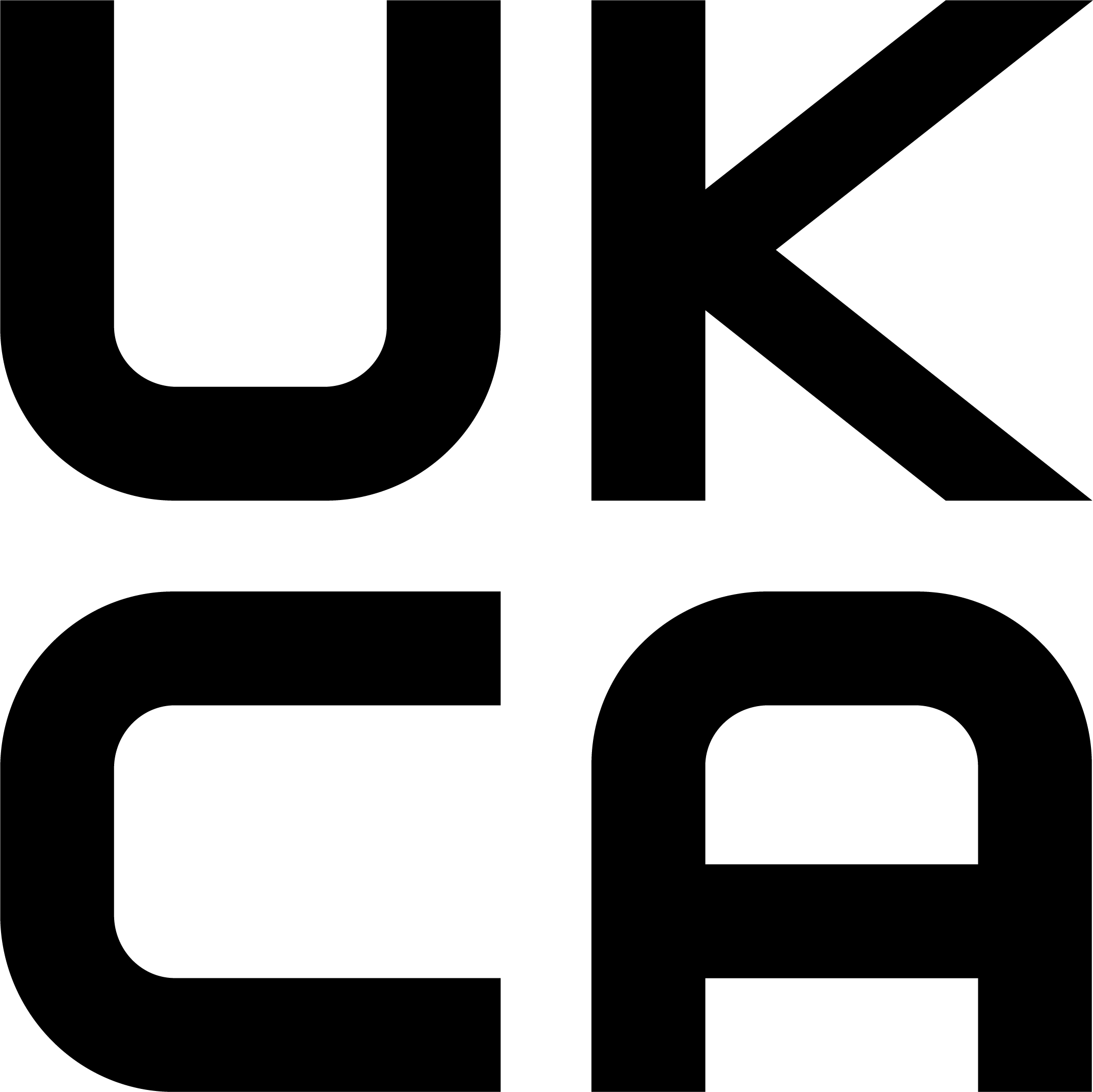UK medical devices regulation changes

The CE mark has been replaced with the new UKCA mark
Now that Great Britain has left the European Union (EU) and the single market, EU regulations have been replaced by UK regulations, with a new UK Medical Devices Regulation intended to be in place by July 2025. While this has obvious implications for manufacturers of medical devices, what does it mean for optical practices in Great Britain? And what do dispensing opticians (DOs) need to know?
CE mark or UKCA mark?
The CE mark, which demonstrates a product meets required safety standards, is widely known and widely understood – and it has been in use since 1993. But now that the UK is no longer part of the EU, the CE mark has been replaced with the new UKCA mark.
Manufacturers of medical devices – including ophthalmic frames, ophthalmic lenses and contact lenses – have been able to use the UKCA mark since January 2021. However, changes are being phased in gradually. The government published regulations in April 2023, which once they have parliamentary approval, will allow for a transition period until July 2030. This will mean that until 2030, medical devices can have either a CE mark, or UKCA mark, or both. All are acceptable. The exception is Northern Ireland where, as things currently stand, medical devices need to be CE marked.
What happens if you buy from a European supplier?
Strict rules apply to all medical devices which are “placed on the UK market”. This includes the requirement that all medical devices placed on the market must be registered with the Medicines and Healthcare products Regulatory Agency (MHRA) by either their manufacturer or, where the manufacturer is not based in the UK, their UK Responsible Person.
If you buy from a UK based manufacturer, or from a wholesaler or importer based in the UK, then post-Brexit changes are unlikely to make a difference to how you do business with them. But, if you buy direct from a European supplier – for example if you are at one of the European trade fairs, or you buy online – then you will take on new responsibilities. This is because the UK is no longer a member of the single European market. At the very least, you will be classed as an importer, and will need to register with the MHRA. And if you are the only person bringing that device into the UK, then you could become the UK Responsible Person – with all the legal responsibilities that entails.
Just to give a little idea of what that could mean, the UK Responsible Person must have a registered place of business in the UK, must be registered with the MHRA and will assume the responsibilities of the manufacturer in terms of registering the device with the MHRA, ensuring that the medical devices are appropriately marked, technical files complete etc and will provide answers to the MHRA if there are any questions. See the MHRA guidance on UK Responsible Persons for full information.
What else is changing?
A completely new UK medical devices regulation is expected to be introduced in the next year. The government consulted on proposals last year and has said that it wants the new regulation to take effect from July 2025. We don’t yet know the details of what will be in them and they will primarily be of interest for manufacturers. But it is possible that there will be new regulations on the sustainability of devices over their life span, including disposal at end of life. There may also be greater responsibilities on those who supply medical devices to patients to report any faults.
The MHRA has said that it will be engaging manufacturers, clinicians and patients in the development of guidance supporting the new regulations, possibly starting this summer.
The Optical Suppliers Association is following this agenda closely, providing input to the MHRA, and information to its members and other stakeholders.